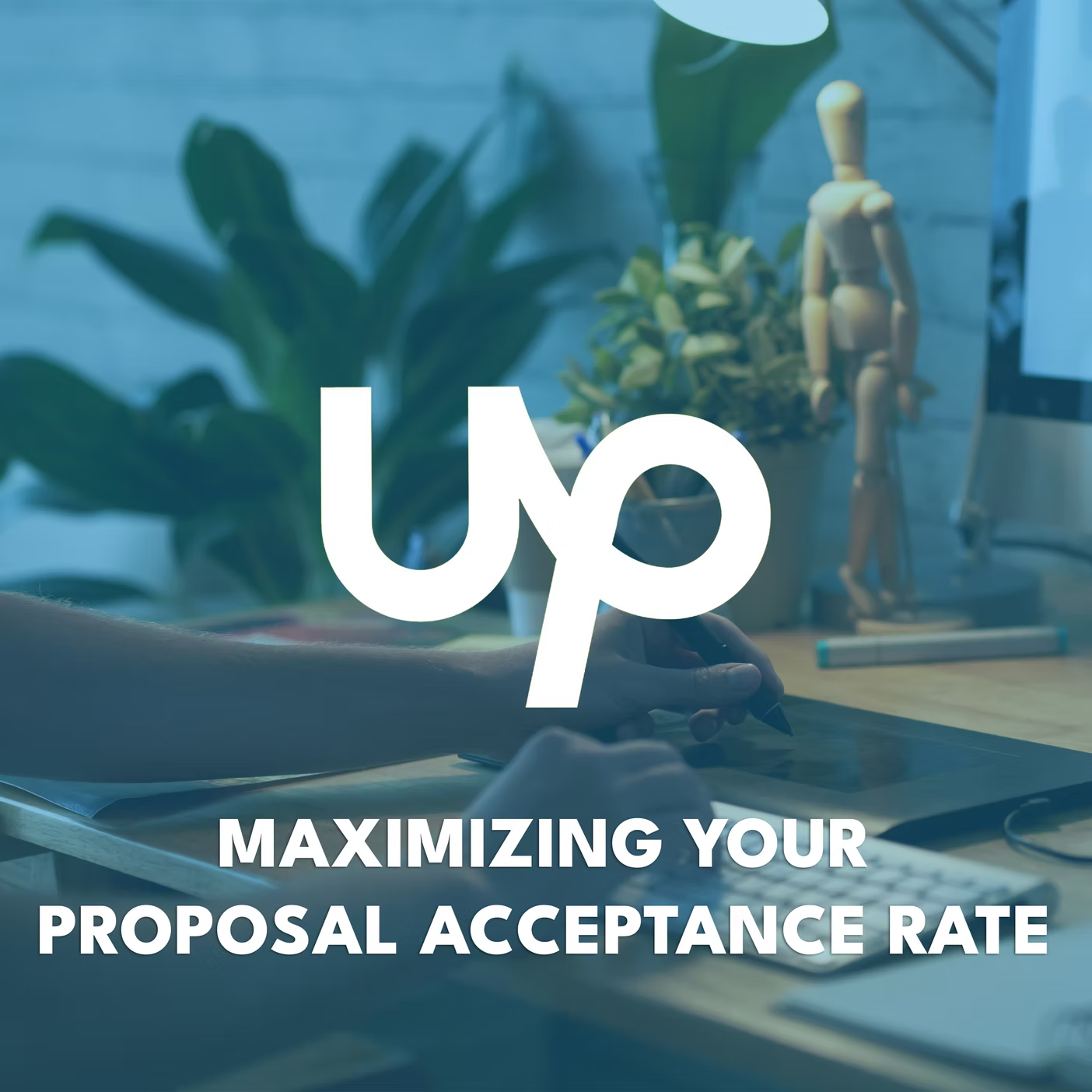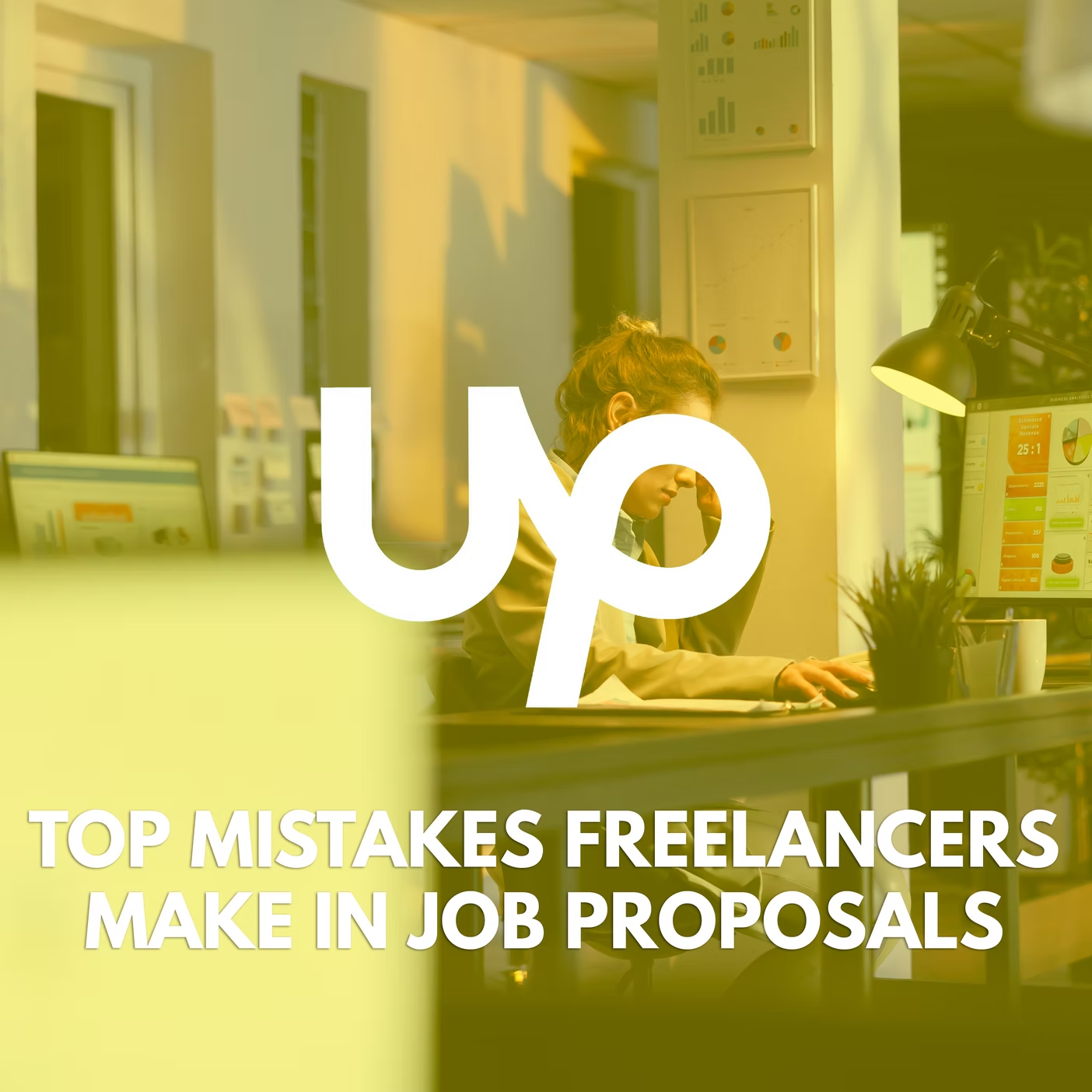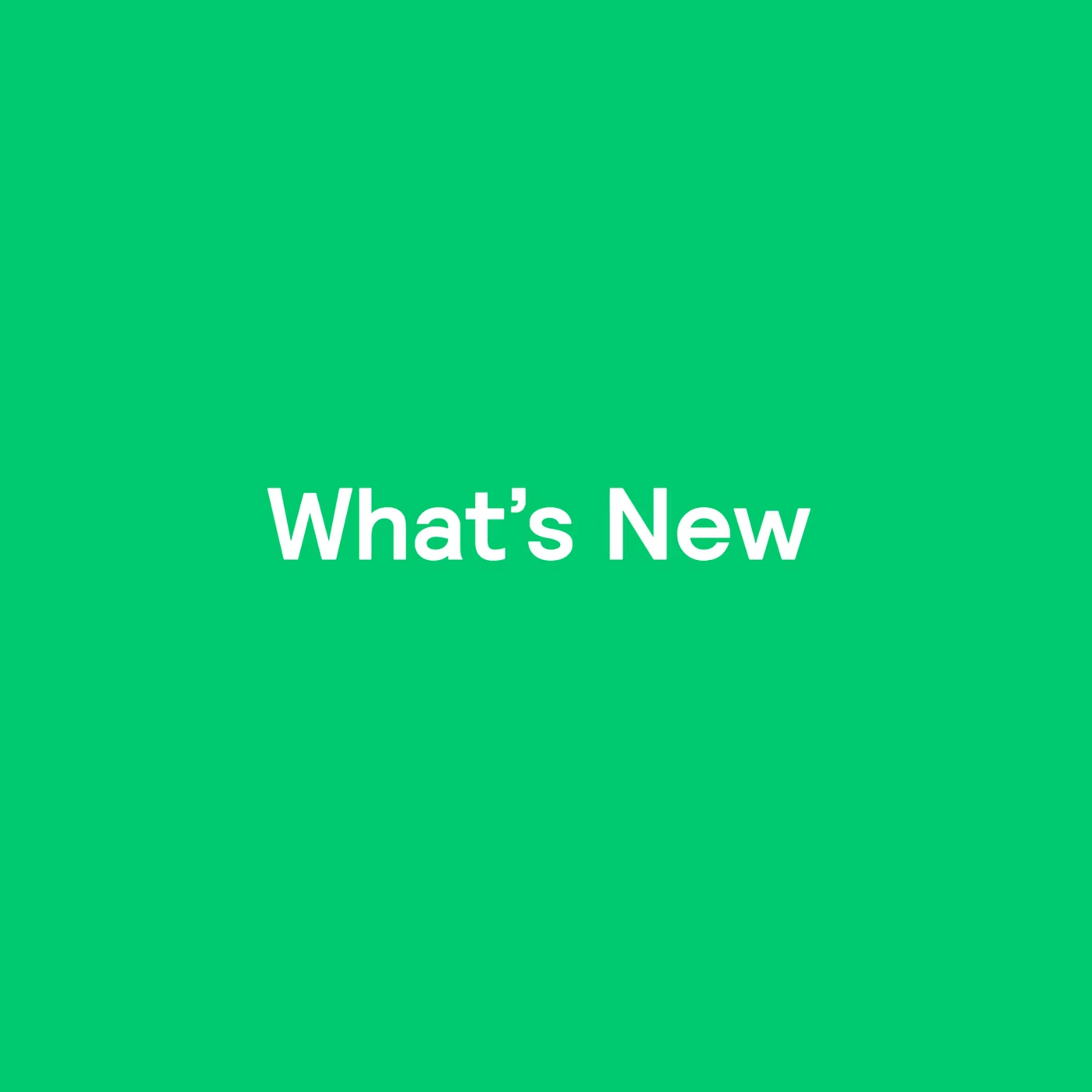kozlyakalexandr2001 · 5 min read
Maximizing your Upwork proposal acceptance rate: Strategies for Freelancers

Maximizing your proposal acceptance rate
In this article, we'll look at the main strategies that will help you maximize the chances of your offer being accepted. By using these methods, you can increase your acceptance rate and build long-term relationships with customers, which will lead to sustainable growth of your business
Focus on customer needs
Focusing on the client's needs is another important aspect that greatly increases the chances of your proposal being accepted. Clients are looking for freelancers who understand their problems and can offer specific solutions. Therefore, it is important not only to present your skills but also to show that you listen carefully to the client and can meet their unique needs.First, you need to analyze the client's requirements. A clear understanding of what the client needs allows you to formulate an offer that will meet their expectations. To do this, you should carefully study the provided project description and ask clarifying questions if something seems unclear or incomplete. This will show your interest in the project and help avoid misunderstandings in the future.
To tailor your services to the client's specific needs, you should offer solutions that directly meet their needs. A Writing Assistant can help you with the formulation of your proposal. For example, suppose a client is looking for a developer to build a website. In that case, you can emphasize your experience in industry-specific design or offer additional services such as SEO optimization or analytics integration. This demonstrates your desire not just to complete the task, but to provide value that will help the client achieve their goals.
Another important element is the use of the client's language. Communicate in a way that makes the client feel like you understand their business and the specifics of the project. If you work with technical clients, use terms and phrases that are familiar to them. If the client is from the creative industry, your tone can be more flexible and less formal. This will help you build a more trusting relationship and stand out from other offers that may be less personalized.
Thus, focusing on the client's needs allows you to create a proposal that not only meets but exceeds expectations, which greatly increases the chances of its acceptance.
Effective communication and trust-building
Effective communication is one of the key success factors in proposal submissions. Being able to communicate your ideas clearly and concisely to the client not only allows you to better convey your benefits but also builds a sense of trust, which is critical to making a decision. Without proper communication, even the best proposal can be ignored or misunderstood.First of all, it is important to structure your offer. The client should understand at a glance what exactly you are offering and what benefits they will receive from working with you. Use headings, subheadings, and lists to logically organize the information and make it easier to read. For example, start with a brief overview of the project, then move on to describe your services, and end with a detailed explanation of how your approach will help the client achieve their goals.
In addition, it's important to express your ideas in the language of benefits for the client. Instead of simply listing your skills, show how these skills can directly solve problems or meet the client's needs. For example, instead of writing “I'm good at SEO,” you can say “My SEO skills will help your site rank higher in search engines, resulting in more traffic and conversions.” This approach allows the client to see the concrete benefits of working with you.
Building trust also requires transparency and openness in communication. Always keep the promises you made when submitting a proposal and be ready for a dialog. It is important that the client feels that you are not just fulfilling a task, but are truly interested in achieving the best possible outcome for their project. One way to do this is to include case studies or testimonials from previous clients in your proposal. This not only confirms your competence but also shows that other clients have already entrusted you with their projects and were satisfied with the result.
Thus, effective communication and trust-building are fundamental aspects of a successful proposal. They help not only to convey information clearly to the client but also to create a solid foundation for further cooperation.
Conclusion
To summarize, successful proposal submission is based on several key strategies: creating a unique and personalized proposal, focusing on the client's needs, effective communication, and building trust. Each of these elements plays an important role in increasing the acceptance rate of your proposal.However, it is important to remember that the process of improving your offer is not a one-time task. The market is constantly changing, and so are customer needs. Therefore, constant analysis, adaptation, and improvement of your offers are essential to maintain competitiveness and achieve long-term success.
Don't rest on your laurels. Collect feedback, study market trends, and regularly review your strategy to stay relevant and attractive to your customers.


